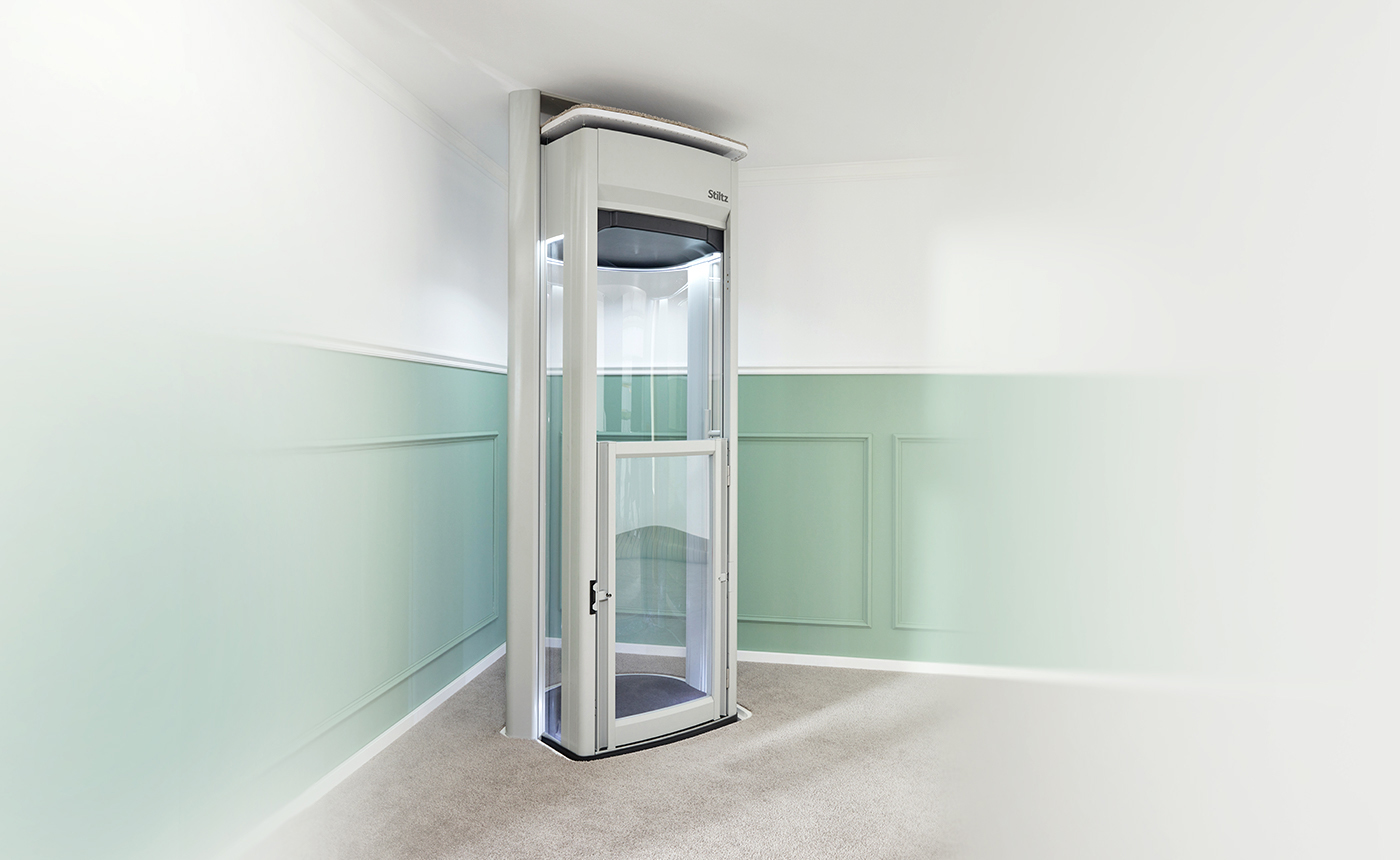Leading Lift Companies in London: Offering Top Quality Installations and Upkeep
Leading Lift Companies in London: Offering Top Quality Installations and Upkeep
Blog Article
Exploring the World of Lifts: Typical Issues Faced by Numerous Lift Mechanisms
As we browse through the upright transportation systems of modern structures, elevators stick out as a crucial part of our day-to-days live. Nevertheless, behind their smooth procedure lies a world of intricate devices that can sometimes experience obstacles. From hydraulic elevators to traction systems and machine-room-less layouts, each lift kind features its collection of common problems. Understanding these difficulties is vital for guaranteeing the smooth functioning of these important systems. Let's check out the complexities that underlie the operation of elevators and the potential problems that can emerge, losing light on the complex web of lift systems.
Hydraulic Lifts
Hydraulic lifts, usually liked for low-rise structures, make use of fluid stress to manage the activity of the lift vehicle (lift repair companies). This mechanism involves a hydraulic pump pushing oil right into a cyndrical tube, creating the elevator to relocate the wanted instructions. While hydraulic elevators are known for their smooth and silent operation, they do include their very own set of typical problems
One widespread issue with hydraulic lifts is oil leak. Furthermore, issues with the control system, such as faulty shutoffs or a malfunctioning pump, can create disruptions in the elevator's motion.
Normal upkeep and timely repairs are vital to make sure the smooth performance of hydraulic lifts. By attending to these common problems proactively, structure owners can reduce downtime and make certain the security and effectiveness of their vertical transportation system.
Grip Lifts
When thinking about upright transportation systems in buildings, one more typical type in addition to hydraulic elevators is the grip elevator. Grip lifts run utilizing a system of ropes and counterweights that move the elevator car by gripping onto the hoist ropes. This mechanism enables for smoother and faster vertical transport contrasted to hydraulic systems.
One of the typical issues dealt with by traction elevators is rope wear. The continuous activity of the ropes within the traction system can lead to deterioration over time, potentially triggering the lift to malfunction or come to be unsafe for use. Normal assessments and maintenance of the ropes are important to make certain the elevator's proper functioning and safety and security.
One more concern that grip elevators may run into is associated with the control system. Issues with the control system can lead to problems such as irregular motion, hold-ups in feedback times, and even full shutdowns. Routine screening and upkeep of the control system are critical to stop such problems and guarantee the lift's dependability.
Machine-Room-Less (MRL) Lifts

Among the key components of MRL elevators is the small gearless traction maker that is mounted within the hoistway. This machine effectively drives the lift car without the demand for london lift company bulky tools found in traditional traction elevators. Additionally, MRL elevators normally use a weight system to stabilize the car, more boosting their power performance.
Regardless of their benefits, MRL elevators may encounter obstacles associated with maintenance and repair because of the constrained space for devices installation. Accessibility for servicing elements within the shaft can be limited, needing specialized training for technicians. Correct upkeep routines and normal evaluations are essential to make sure the ongoing smooth procedure of MRL elevators.
Overloading and Weight Limitation Issues
Straining and weight limit concerns are vital worries in lift procedures. Lift producers layout lifts with certain weight abilities to make certain traveler safety and tools longevity.
When lifts are overwhelmed, it puts extreme strain on the motor, cables, and other elements, potentially causing breakdowns or breakdowns. Safety mechanisms such as sensors and overload sensors are in place to stop lifts from moving if they find excess weight. In addition, going beyond weight limitations can bring about increased energy consumption and wear and tear on the elevator system.
To mitigate straining problems, building supervisors should plainly present weight restrictions in elevators and inform occupants on the significance of sticking to these restrictions - lift repair companies. Regular upkeep checks by qualified professionals can also help ensure that elevators are running within risk-free weight parameters. By attending to overloading and weight restriction concerns proactively, building proprietors can enhance elevator safety and security and efficiency
Electric System Failures
Surpassing weight limitations in elevators can not just cause mechanical concerns yet likewise possibly add to electric system failures within the lift infrastructure. Electric system failures are a critical issue in elevator operation, as they london lift company can create unanticipated closures, breakdowns, or also safety dangers. One common electric concern is the getting too hot of components because of excessive existing flow triggered by overloading the elevator past its ability. This can lead to damage to the circuitry, control, or electric motor systems, leading to pricey repair work and downtime.
Normal upkeep and evaluations are important to identify and deal with potential electric issues quickly, making certain the effective and safe operation of elevator systems. By sticking to weight restrictions and carrying out regular electrical system checks, building owners can mitigate the risk of electrical lift repair near me failings in elevators.
Verdict

Hydraulic elevators, usually chosen for low-rise structures, use fluid pressure to control the motion of the lift automobile.When thinking about vertical transport systems in buildings, another typical type apart from hydraulic lifts is the traction lift. Grip elevators run making use of a system of ropes and counterweights that move the lift car by grasping onto the hoist ropes. Unlike typical lifts that need a different maker space to house the equipment, MRL elevators integrate most of the components within the shaft, eliminating the need for a specialized maker space.In verdict, elevators face common concerns such as hydraulic malfunctions, grip system failures, and electrical system troubles.
Report this page